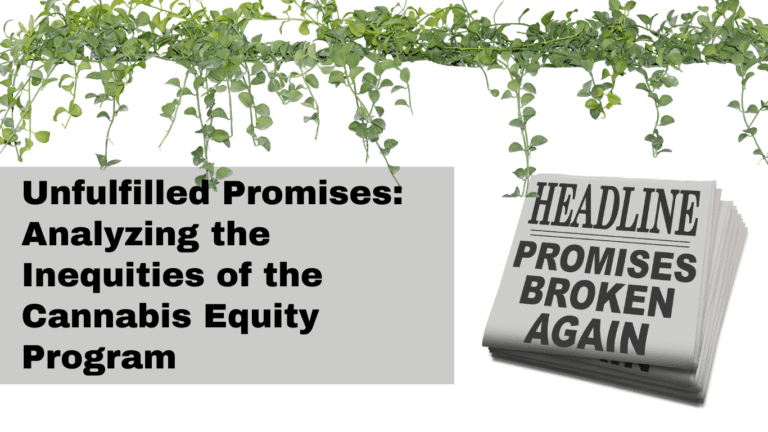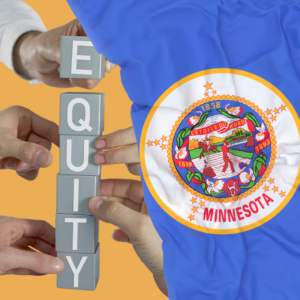Unfulfilled Promises: Analyzing the Inequities of the Cannabis Equity Program

Mimi Cavalheiro has been an integral part of the cannabis industry for over two decades. Her journey began in the late 1990s on cannabis farms in Humboldt County, nestled within Northern California’s Emerald Triangle, renowned for its cannabis production even before legalization. There, she learned the craft of cultivating high-quality cannabis from seasoned farmers who shared their expertise.
From Farm to Business: Riding the Waves of Legalization
In 2004, Cavalheiro ventured to San Francisco, where she established her own business, supplying products to medical dispensaries under Proposition 215. This legislation, championed by cannabis activist Dennis Peron, provided legal protection for growers like Cavalheiro, allowing them to cultivate and distribute marijuana for medical use.
However, the landscape changed with Proposition 64, which legalized recreational cannabis in California. While this move brought excitement, it also brought challenges. Legalization imposed new regulations and licensing requirements, disrupting longstanding relationships between producers and dispensaries.
The Promise of Equity Programs
In response to the disproportionate impact of the War on Drugs on communities of color, San Francisco introduced an equity program in 2018, aiming to facilitate entry into the industry for Black and brown individuals. However, despite hundreds of verified candidates, only a fraction have successfully launched businesses under the program.
The Harsh Reality of Legalization’s Fallout
For entrepreneurs like Cavalheiro, legalization spelled the end of their thriving businesses. Regulatory hurdles and market saturation by outside operators stifled their operations. Additionally, economic challenges plague the legal cannabis industry, with declining sales and thin profit margins exacerbating the situation.
Struggles with Equity Programs
While equity programs offer priority permitting and fee waivers, they often lack crucial resources such as business education and startup capital. As a result, many aspiring entrepreneurs face lengthy approval processes and financial barriers, hindering their ability to enter the market successfully.
The Case of Ivan Castro: Navigating the Permits
Ivan Castro, a participant in San Francisco’s equity program, faced numerous obstacles in obtaining a retail permit for his dispensary. Despite meeting program requirements, bureaucratic delays and financial constraints have stalled his progress, highlighting systemic challenges within the industry.
Navigating the Complexities of Legalization
The fragmented nature of the legal cannabis market further complicates matters for small operators. Without the ability to integrate vertically, businesses struggle to compete with larger, more established players, leading to reduced profitability and market access.
A Glimpse into the Future
For Cavalheiro and others like her, the dream of a thriving cannabis business has dimmed. Faced with dwindling opportunities and mounting challenges, many are forced to reconsider their paths within the industry. As the cannabis market continues to evolve, addressing the systemic barriers to equity and opportunity remains paramount in ensuring a fair and inclusive industry for all.
In conclusion, while legalization promised prosperity for the cannabis industry, the reality has been far more complex. Aspiring entrepreneurs, particularly those from marginalized communities, continue to grapple with barriers to entry and systemic inequities, highlighting the urgent need for comprehensive reform and support within the industry.











